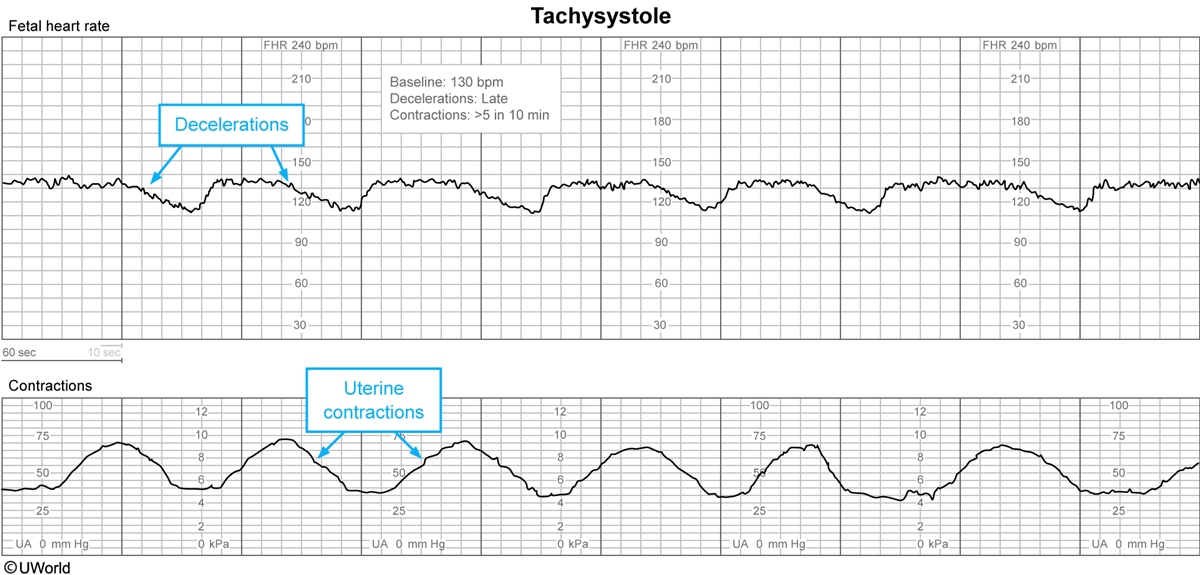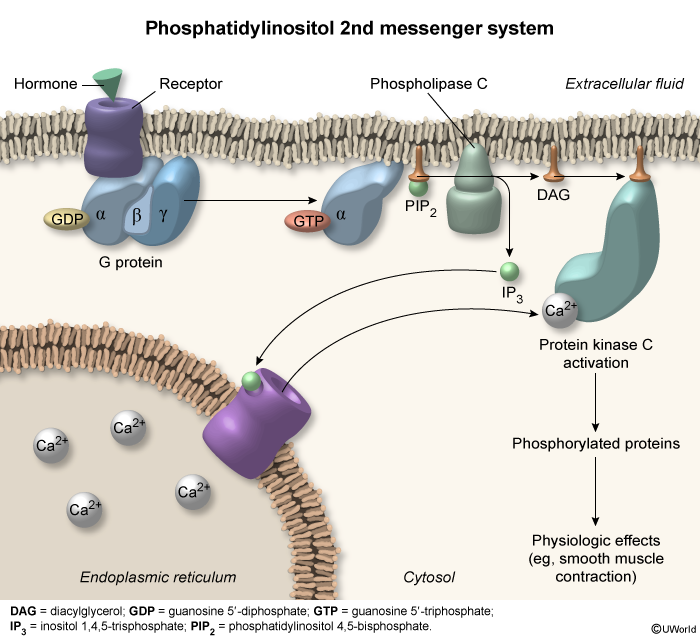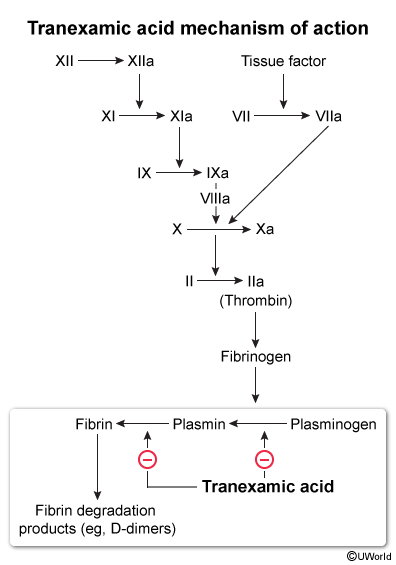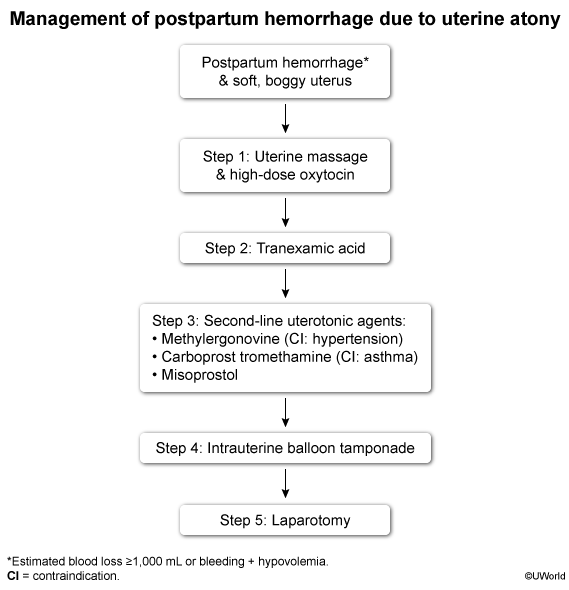Uterotonic Medications
Article Sections
- Introduction
- Synthetic oxytocin (Pitocin)
- 1 (misoprostol)" data-section="Synthetic prostaglandin E1 (misoprostol)" class="popup-link">Synthetic prostaglandin E1 (misoprostol)
- Ergot alkaloids (methylergonovine)
- Carboprost tromethamine
- Synthetic oxytocin (carbetocin)
- Tranexamic acid
- Clinical considerations
- Summary
Introduction
Obstetric-related hemorrhage (eg, postpartum hemorrhage [PPH], hemorrhage from spontaneous abortion [SAB]) is a leading cause of maternal mortality worldwide. Uterotonics are a class of medication frequently used to minimize blood loss in these cases. Multiple uterotonic medications are available, each with a unique onset, duration of action, route of administration, and adverse effect profile.
Synthetic oxytocin (Pitocin)
Oxytocin is a hormone produced by the posterior pituitary gland. Synthetic oxytocin is chemically identical to oxytocin, allowing it to bind oxytocin receptors in the uterine myometrium. Activation of these receptors increases intracellular calcium, stimulating rhythmic uterine smooth muscle contraction and leading to sustained uterine tone.
Oxytocin receptors are variable in density: Receptor density increases with advancing gestation and during labor. Prior to 20 weeks gestation, however, uterine oxytocin receptors are sparse. In addition, receptors are more densely populated at the uterine fundus than at the lower uterine segment.
Continue Learning with UWorld
Get the full Uterotonic Medications article plus rich visuals, real-world cases, and in-depth insights from medical experts, all available through the UWorld Medical Library.
Figures



